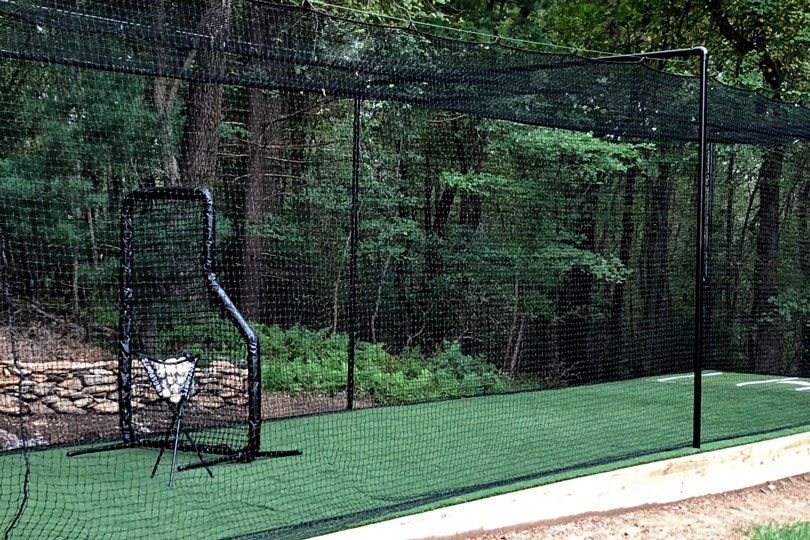Boost Your Strength with These Sport Exercise Tips
If you’re looking to elevate your performance and build impressive strength, incorporating sport exercises into your workout routine is a smart approach. Strength isn’t just about lifting heavy weights—it’s about mastering technique, consistency, and understanding how your body moves in different scenarios. Whether you’re aiming for more muscle, greater endurance, or improved agility, sport exercises can help you achieve your goals. Here are some strength training tips to help you enhance physical strength and take your fitness journey to the next level.
Embrace Functional Movements
To build real, usable strength, it’s crucial to focus on functional movements that mimic the way your body naturally moves. Unlike isolation exercises that work on individual muscles, functional movements engage multiple muscle groups at once. These movements are essential for improving athletic performance in any sport.
Incorporate exercises like squats, lunges, push-ups, and planks into your routine. These multi-joint exercises stimulate more muscle fibers, promoting greater overall strength. Not only do they target key muscle groups, but they also improve balance, flexibility, and coordination. By including these functional movements in your sport exercise strategies, you’re setting the foundation for improved mobility and strength that translate directly into your sport of choice.
Prioritize Compound Exercises
When looking to enhance physical strength, compound exercises are your best friend. These exercises engage multiple muscle groups and joints, offering a powerful way to build strength quickly and efficiently. Deadlifts, bench presses, and overhead presses are prime examples of compound exercises that should be a part of any effective strength workout. They target your entire body, from legs and core to shoulders and arms.
Not only do compound exercises maximize muscle growth, but they also stimulate the release of hormones like testosterone and growth hormone, which aid in muscle recovery and development. By focusing on these movements, you’ll create a sport exercise strategy that emphasizes strength development while enhancing your athletic capabilities.
Train for Power, Not Just Size
Building strength isn’t only about increasing muscle size—it’s also about increasing power. Power is defined as the ability to generate force quickly, and in sports, power can make all the difference between success and failure. Whether you’re sprinting, jumping, or throwing, power plays a pivotal role in every sport.
To train for power, incorporate explosive movements such as box jumps, kettlebell swings, and medicine ball slams into your effective strength workouts. These exercises are designed to train your fast-twitch muscle fibers, which are responsible for quick bursts of strength and speed. Power training enhances your ability to perform dynamic movements, making it essential for athletes who need to accelerate quickly, change direction, or perform high-intensity actions during competition.
Build Core Strength for Better Stability
A strong core is the foundation of every sport. Whether you’re running, swimming, or playing soccer, a stable core supports all your movements and helps prevent injury. Core strength also plays a crucial role in balance and posture, which are essential for maintaining proper form during athletic activities.
Incorporate core exercises like planks, Russian twists, and leg raises into your routine. Pilates and yoga-inspired movements can also enhance core stability while improving flexibility and mobility. These sport exercise strategies will not only build strength but also improve your overall performance in sports and day-to-day activities.
Use Progressive Overload
One of the most effective ways to enhance physical strength is through progressive overload. This principle involves gradually increasing the intensity of your workouts to continuously challenge your muscles. By increasing the weight, number of sets, or repetitions, you stimulate muscle growth and strength development over time.
For example, if you’re training with weights, start with a moderate weight and gradually increase it each week as your body adapts. Similarly, in bodyweight exercises, you can add more reps or variations to keep your muscles engaged. Progressive overload ensures that your effective strength workouts don’t plateau, providing consistent gains in strength and performance.
Recovery: The Key to Strength Development
While training hard is important, recovery is equally vital in the process of building strength. Your muscles need time to repair and rebuild after intense workouts, which is when actual strength gains occur. Neglecting recovery can lead to overtraining, fatigue, and even injury.
Ensure that your sport exercise strategies include adequate rest between sessions. Incorporate active recovery days with low-intensity activities like walking, swimming, or stretching to keep the body moving while allowing muscles to heal. Sleep is also crucial for muscle recovery, as this is when your body produces the most growth hormone to repair tissue and build strength. Proper nutrition, including adequate protein intake, is essential to support muscle repair and growth.
Add Agility and Mobility Drills
To round out your strength training routine, don’t forget about agility and mobility exercises. These drills help improve your ability to change direction quickly and maintain control over your body in dynamic situations—key elements in most sports.
Exercises like ladder drills, cone drills, and lateral jumps improve your agility, while mobility exercises such as hip rotations and shoulder dislocations ensure that your joints remain flexible and injury-free. These drills complement your effective strength workouts, enhancing your ability to move with power and precision in any athletic endeavor.
Conclusion
Building strength is a multi-faceted process that requires dedication, consistency, and a well-rounded approach. By incorporating the right strength training tips into your routine—such as focusing on compound exercises, building power, and prioritizing core stability—you can create a sport exercise strategy that enhances your physical capabilities both in and out of the gym. Remember to use progressive overload to continuously challenge your muscles, and never underestimate the importance of recovery. With these strategies in place, you’ll be well on your way to boosting your strength and improving your overall performance in any sport.


